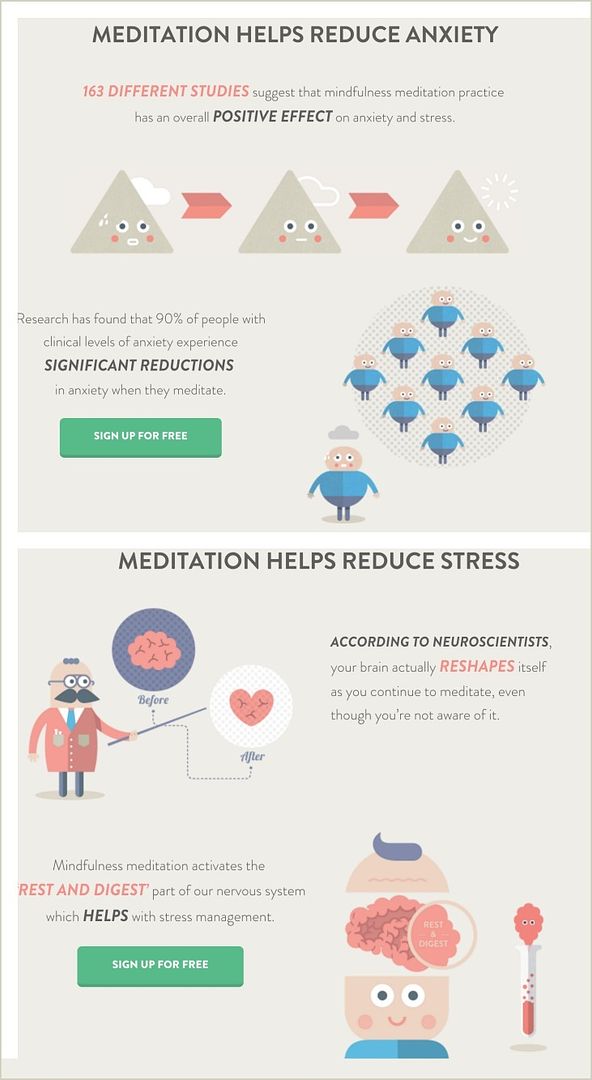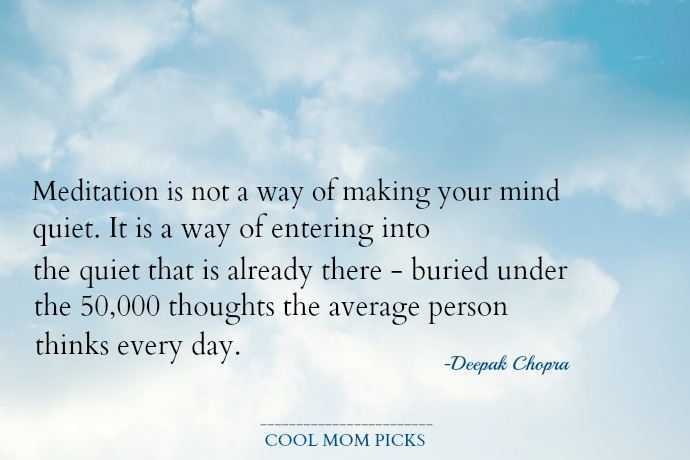If you’re following along with me this month, you know I’m trying to make some positive changes in my life related to stress, something I’ve been struggling with both emotionally and physically for quite a while now.
Over the last couple of weeks, I’ve been participating in Aetna’s Month of Mindfulness challenge, and wow, it’s definitely giving me the extra push I’ve been needing to reflect on what’s really going on in my life and what I can do to fix it. Hopefully I’m not alone in this and you’ve decided to join me.
My first challenge was 5 tips and tricks for things you can do right now to get started on a path to mindfulness. For the second challenge, I’m getting more specific and working on taking an emotional time out during times of heightened emotion of stress.
Look, I know that can be pretty tricky when you’re in the moment and all roads lead to outburst or breakdown. I don’t tend to be someone who flies off the handle right away, but given my level of stress these days, I admit that sometimes I lose it a little more quickly than I’d like.
And really, I’d rather not lose it at all.
I’d also like a pet unicorn. Ha.
While I’m not sure if that’s feasible entirely to always keep my temper and handle every single situation with grace (while riding that unicorn), I do like the idea of stepping back, if only for a few seconds, focusing on my breathing, and then coming back to the situation with a level of focus and calm. In other words, giving meditation a shot.
It’s something I’ve heard lots of friends talk about in terms of great success, and these are friends whose opinions I trust, by the way.
Admittedly, I might have done a little bit of eye rolling at first mention of meditation, but given this particular challenge, and the fact that meditation fits so beautifully in my commitment to practicing mindfulness, I figured I’d give it a try.
Challenge #2: Taking an Emotional Time Out

Now, I’m pretty familiar with what meditation is, but honestly, I’d get that stereotypical image in my head — a person sitting cross-legged on the floor, hands facing upwards on knees, aromatherapy candles burning in the background. I guess what I didn’t really have is a true understanding of what meditation can do for you.
Put simply, the practice of meditation is all about training, calming, and emptying your mind to help you find peace, a higher level of awareness, and inner focus, all of which, as you might guess, can really help us deal with both inner and outer influences that could be affecting our minds and bodies.
You know: Stress.
And as magical as that sounds, I think what’s surprised me is that it’s hardly an impossible task. In fact, it’s ridiculously simple and not time-consuming at all to just sit quietly, breathe with intention, and work on emptying your mind. Easy!
If you want to know a little more (yes, even those of you who might be eye-rolling a little like I was) here’s what I discovered about meditation this past week as I attempted to take more emotional time outs as part of the #Mindful30 challenge.
1. Choose a good time of the day.
I initially thought that I would meditate before bed because I figured it would help me sleep. Turns out, that actually defeats the purpose.
It’s much better to start the day with meditation, if only just a few minutes, because it’s all about achieving awareness and focus, not sleep. So I found that doing it after my kids had gone off to school and before I started work was working for me as the best time.
Suggestion: Play around with time before settling in on a routine. It might take a few tries before you realize that you actually get a bigger benefit from meditation when you do it at a certain time over another.
2. Find a quiet place.
Since I have time during my day when there are no children in the house — and I know plenty of you aren’t at that stage yet — it’s admittedly not that hard for me to find a quiet place. But even when my entire house is a quiet place with no kids around, I can still be easily distracted. So, I’ve chosen a comfortable little spot just outside my bedroom that’s fairly secluded, which has forced me to truly focus on my breathing and nothing else.
Suggestion: Pick a spot that isn’t conducive to sleep. I made the mistake of trying to meditate in bed and I ended up just wanting to lay down and take a nap. But then, that’s kind of all parents, all the time, right?

3. Prepare yourself.
I created a short routine before my meditation started, and it really only involves doing a few neck rolls and arm stretches and then thinking one positive thought about myself. I found that loosening up my muscles helps me slow my breath down, and it even makes the meditation process much more comfortable.
Suggestion: Remember that you’re stretching to relax and breathe, not work out, so don’t overdo it. If it helps you to do yoga-type stretches, then go for it, but your goal is to feel energized, not sore — and not to squeeze in a workout while you’re here. Keep your goals single-minded!
4. Breathe.
I cannot tell you how amazing it feels to completely and solely focus on nothing but your breath. Have you ever done that before? There is so much power in breathing, and particularly in slow breathing. It can feel a little awkward at first, but wow, trust me when I say you will feel the difference immediately.
Suggestion: Nose breathing can be the most calming (as opposed to mouth breathing), so if you need help slowing it down, think “in through your nose, out through your nose” and repeat that to yourself.

5. Find the right guidance.
I’ve been using the free Stop, Breathe, & Think app to help guide my meditations, and it’s really helped me know what to do and how to focus, especially since my always busy mind can very easily wander.
I’ve heard lots of great things about Headspace as well, which has a huge following and a really helpful blog. The service (it’s more like a personal training service for your mind) does have a low monthly fee and a free trial period,. I’ve put together some of their facts about meditation, above.
Suggestion: If you’re starting meditation from scratch like me, or even if you’ve dabbled and want to recommit, I highly advocate for giving these apps a try. They’ll take you step by step through everything you need to do, with the encouragement and professional guidance you need to focus more in general, with the ultimate goal of achieving mindfulness in your day to day life.
I sincerely hope you join me in Aetna’s Month of Mindfulness #Mindful30 challenge! It’s definitely something all parents could benefit from.
The views and opinions expressed here are purely the author’s own, and do not necessarily represent the views of Aetna.
Thanks to Aetna and their site aetnamindfulness.com for sponsoring this post series.




